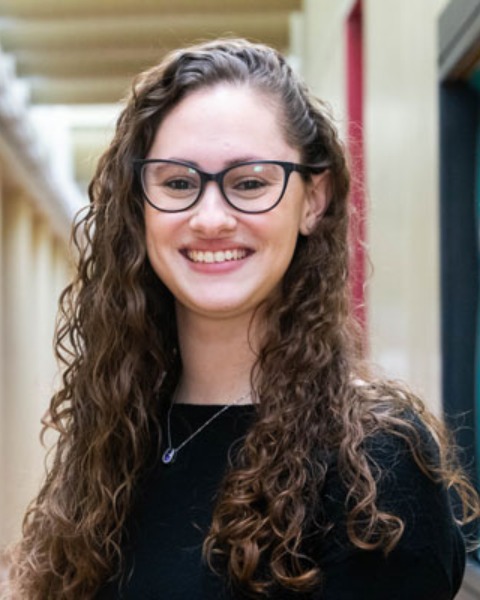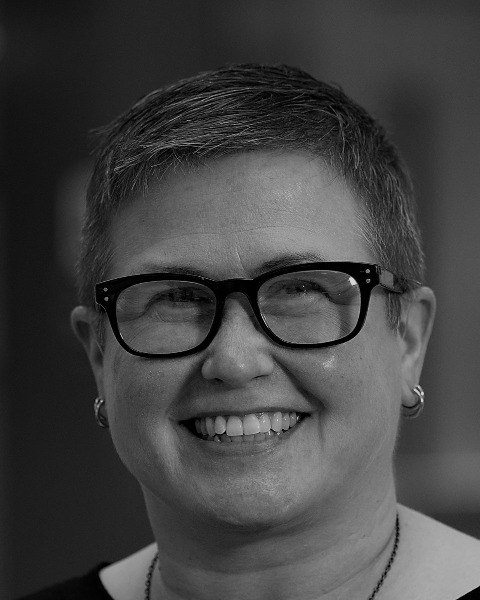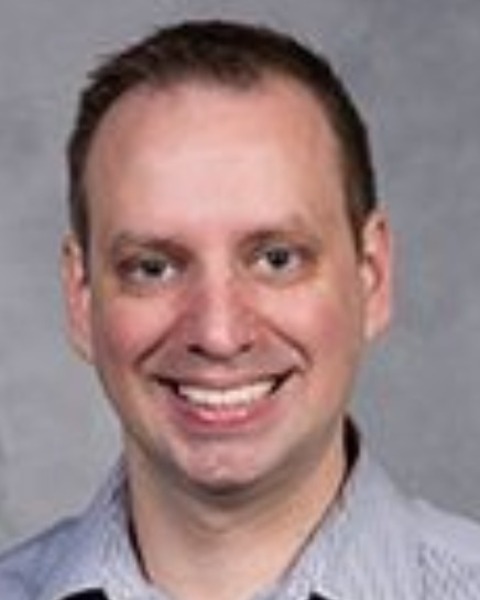(Re)habilitation and Counseling (C)
PP107 - Exploring Factors that Impact the Relationship Between the Deaf Community and Audiology

Emelina Johnson, BS (she/her/hers)
Student
Northern Illinois University
Lombard, IllinoisFinancial Disclosures: I do not have any relevant financial relationships with anything to disclose.
Non-Financial Disclosures: I do not have any relevant non-financial relationships with anything to disclose.
Danica Billingsly, AuD (she/her/hers)
Clinical Associate Professor
Northern Illinois University
Northern Illinois University
DeKalb, IllinoisFinancial Disclosures: Northern Illinois University: Employment (Ongoing)
Non-Financial Disclosures: I do not have any relevant non-financial relationships with anything to disclose.- BK
Blythe H. Kitner, AuD (she/her/hers)
Assistant Clinical Professor
Northern Illinois University
Northern Illinois University
Dekalb, IllinoisFinancial Disclosures: I do not have any relevant financial relationships with anything to disclose.
Non-Financial Disclosures: I do not have any relevant non-financial relationships with anything to disclose. 
Charles B. Pudrith, AuD PhD
Assistant Professor
Northern Illinois University
Sycamore, IllinoisFinancial Disclosures: I do not have any relevant financial relationships with anything to disclose.
Non-Financial Disclosures: I do not have any relevant non-financial relationships with anything to disclose.
Lead Presenter(s)
Contributor (Not Presenting)(s)
It is known that there is a gap between the Deaf community and the field of audiology due to cultural differences. While in graduate school, students are taught about cultural competency, but the curriculum skips over the Deaf culture. There is a need for audiological services within the Deaf community; however, there are language and cultural barriers. The goal of this study was to survey the Deaf community to understand where the discrepancies lie between the Deaf and the field of audiology. This information will support future research in adding Deaf culture curriculum to Doctorate of Audiology (AuD) graduate programs.
Summary:
The purpose of this study was to evaluate the Deaf community through a focus group to get their point of view on the field of audiology. The group identified the factors that impact the relationship between the field of audiology and the Deaf community. The overall goal of this study was to use the perspectives of the Deaf to understand how audiologists can provide the best care for them. This study can be used to support future research in supporting the need for a Deaf culture curriculum in AuD graduate programs.
Adults 18-70 years old that are involved in the Deaf community were recruited via the snowball sampling method. Potential participants were pre-screened to briefly assess their experience with the field of audiology. These adults are actively involved in the Deaf community, and use American Sign Language as their main form of communication. There was a focus groups made up of four people. This allowed for an open environment for discussion, without having too many subjects overlapping.
The focus group was administered virtually, over Zoom. An outline of discussion topics was created, but the participants were allowed to express ideas freely. The questions included demographic information, history of hearing loss, involvement in the Deaf community, and their perspectives on audiology. They were evaluated on the importance of communication, need for audiological services, previous experience, and how they perceive the field of audiology. The group was led by the lead researcher and the rules of the focus group were established at the beginning of the session.
Once the focus group had been completed the recording was transcribed from American Sign Language to written English by the lead researcher and an American Sign Language interpreter. Open, axial, and thematic coding were used in an iterative process to identify overarching themes. The transcription was reviewed line-by-line to create codes to label the data. The codes were reviewed to draw connections between them and create categories. Lastly, the categories were reviewed to pull out the overarching themes that were present in the transcription. Quotes from the transcription were pulled out to support each of the themes.
The four themes that were found were: restricted communicative depth limits autonomy in audiologic care, audiologists’ lack of knowledge of Deaf culture leads to misrepresentation of the community, clinical advice is centered on technology and financial gains, and audiologists’ word choice impacts individuals’ self-esteem. These findings suggest that the participants value communication, representation of Deaf culture, clinical advice, and supportive word choices when interacting with the field of audiology.
Learning Objectives:
- Upon completion, participants will be able to assess their knowledge of the Deaf culture and apply these new ideas when working with Deaf individuals.
